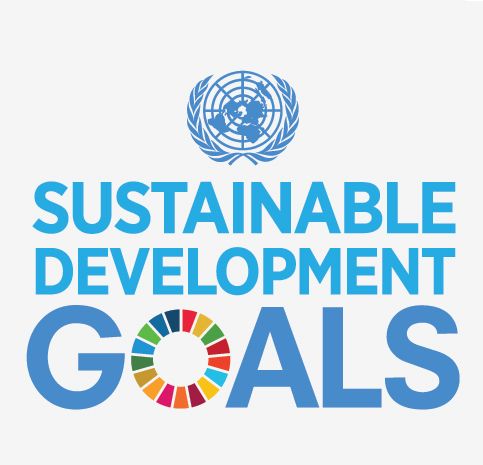SEEA and the 2030 Agenda

At the sixth meeting of the Inter-Agency Expert Group on Sustainable Development Goal Indicators (IAEG-SDGs), held from 11-14 November 2017 in Manama, Kingdom of Bahrain, several important changes were made to SEEA-relevant indicators. One of the objectives of the meeting was to review the tier classifications of indicators. All SDG indicators are classified by the IAEG-SDG into three tiers based on their level of methodological development and availability of data at the global level. In particular, Tier III indicators were re-classified based on a review of the methodological development and metadata. A move from Tier III to Tier II is an important measure of progress for the indicator, as it signifies that the indicator is now conceptually clear and has an internationally established methodology and available standards. However, in terms of data, Tier II indicators do not have data that is regularly produced by countries.
Three SEEA-relevant indicators moved from Tier III to Tier II—indicator 6.4.1 on change in water-use efficiency over time; indicator 14.a.1 on the proportion of total research budget allocated to research in the field of marine technology; and indicator 15.3.1 on land degradation. The next step for these indicators is, naturally, to make their way to Tier I. In order to qualify as a Tier I indicator, the indicator must have data that is regularly produced by countries for at least 50 per cent of the countries and of the population in every region where the indicator is relevant. It should be noted that the availability of data at the national level may not necessarily align with the global tier classification. However, countries can create their own tier classification for implementation.
Progress in developing these newly re-classified indicators and the other SEEA-relevant indicators will depend on how the methodologies develop and how quickly data availability increases. The IAEG-SDGs will review the tier classification as needed in bi-monthly WebEx calls as well as at its physical meetings held twice a year.
